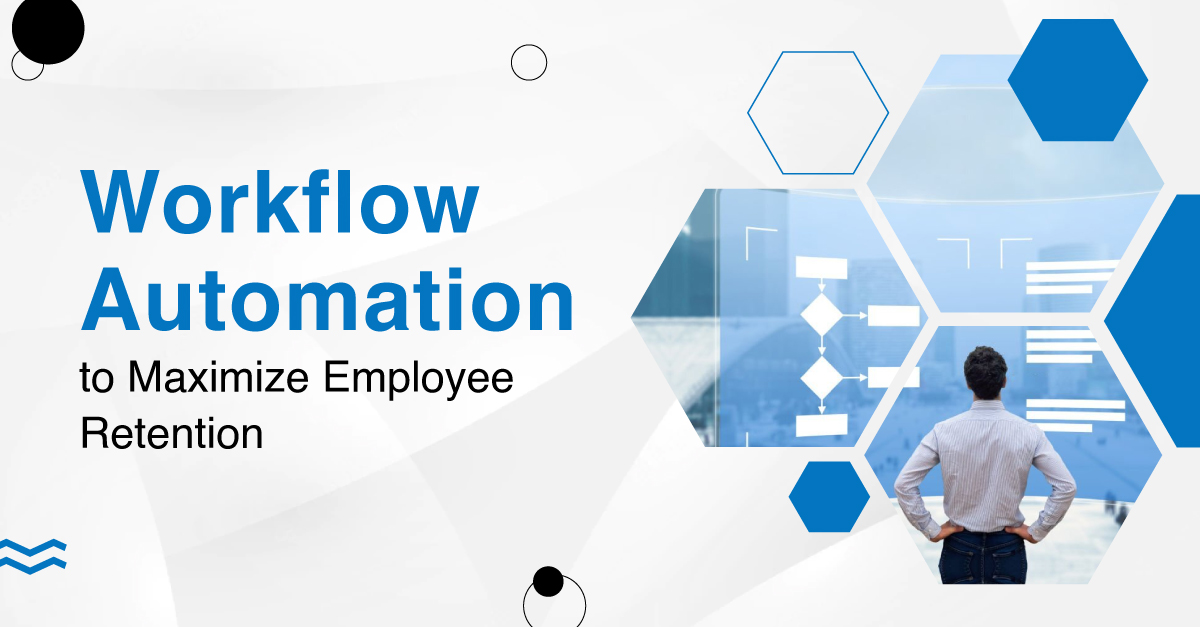When customers don’t receive the service they expect, chances are higher that their loyalty will shift. The same kind of dynamic also exists between employers and employees. It is essential that employers must deliver a great experience for employees — or they might risk losing them. That’s where workflow automation can be helpful.
Automation has proved to be a gem for companies to keep up with both customer and employee expectations. There are numerous ways in which workflow and process automation can actually contribute to making work easier for employees.
4 Ways Workflow Automation Can Contribute to Boost Employee Retention
Let’s have a look at these four that can help businesses gain a competitive edge while boosting employee satisfaction and retention.
1. Quickly solve everyday business problems
With the help of low-code tools, automation has become more accessible to employees. Users can easily streamline workflows through automation. You can use it to schedule follow-ups for sales calls or to create a workflow to automatically posts messages.
Employees can now build reusable components that can help users to automate processes, so any existing bottlenecks can be removed. Reusing components allows teams to quickly resolve problems and frees them so they can focus more on other complex needs.
2. Break down organizational silos
Initially, there was no easy way to connect different systems, workflows, or data without as it required writing complicated code. According to a report by MuleSoft’s 2022 Connectivity Benchmark, 90% of businesses say data silos end up disconnecting them from the data they need to understand about their customers and employees.
With the help of low-code automation, you can bridge this gap. You can utilize pre-built connectors and point-and-click tools to bring data and systems together. This helps employees can deliver a seamless customer experience while improving their productivity and job satisfaction.
3. Supercharge the customer experience
When you connected automated business processes with the customer journey, it helps make it easier for employees to interact with the respective customer to deliver personalization and customized service.
Consider, for example, when a sales rep adds a new customer to Salesforce, it automatically creates and organizes events mapping to the entire lifecycle of the customer.
4. Make automation and artificial intelligence work together
It has been seen that many companies are using automation and AI closely and this trend is expected to grow longer.
Let’s take a case for example. You can acquire AI-powered predictions about which customers might churn. But someone has to notice the prediction and plan if any action is required here.
Boost Productivity with Workflow Automation
Employees always embrace the idea of automating processes that could eliminate friction from their daily tasks. Workflow automation can simplify the daily activities of employees, making it easier to interact with customers.
You just have to get the right team of Salesforce consultants on board who can help you implement Salesforce and access its automation features to boat day-to-day productivity.


